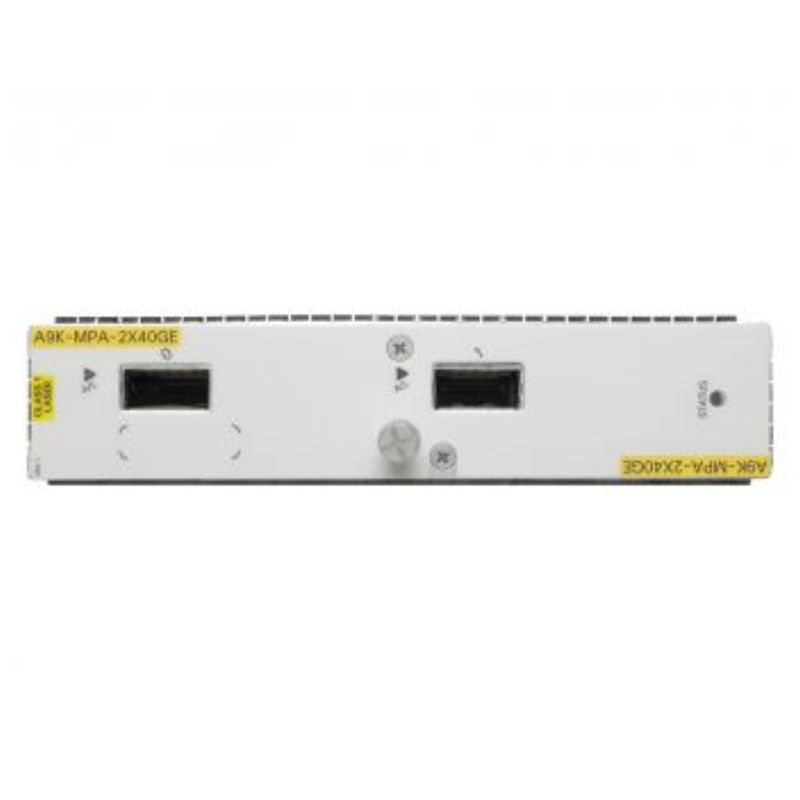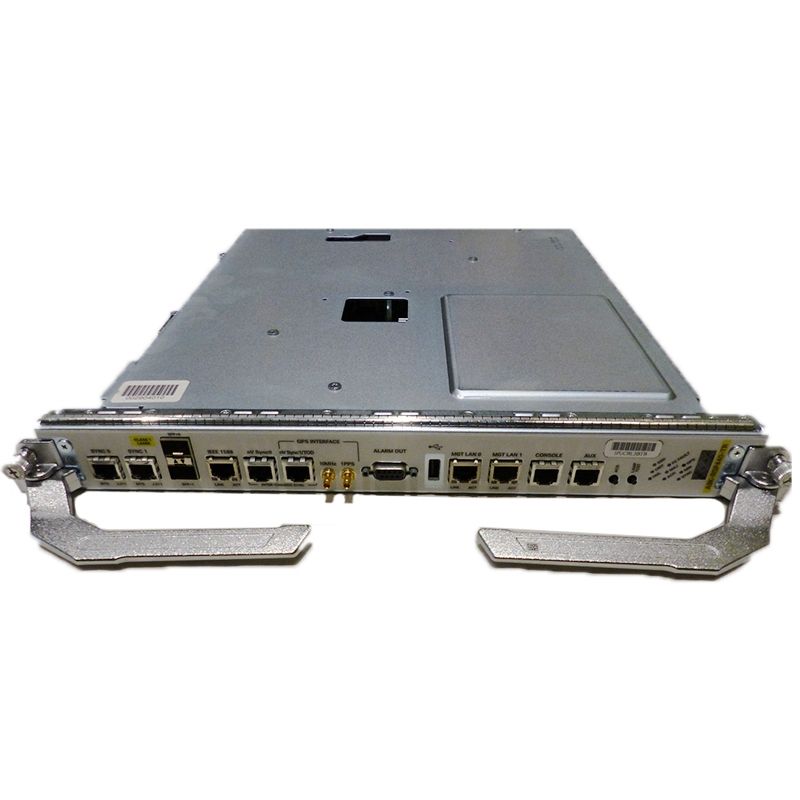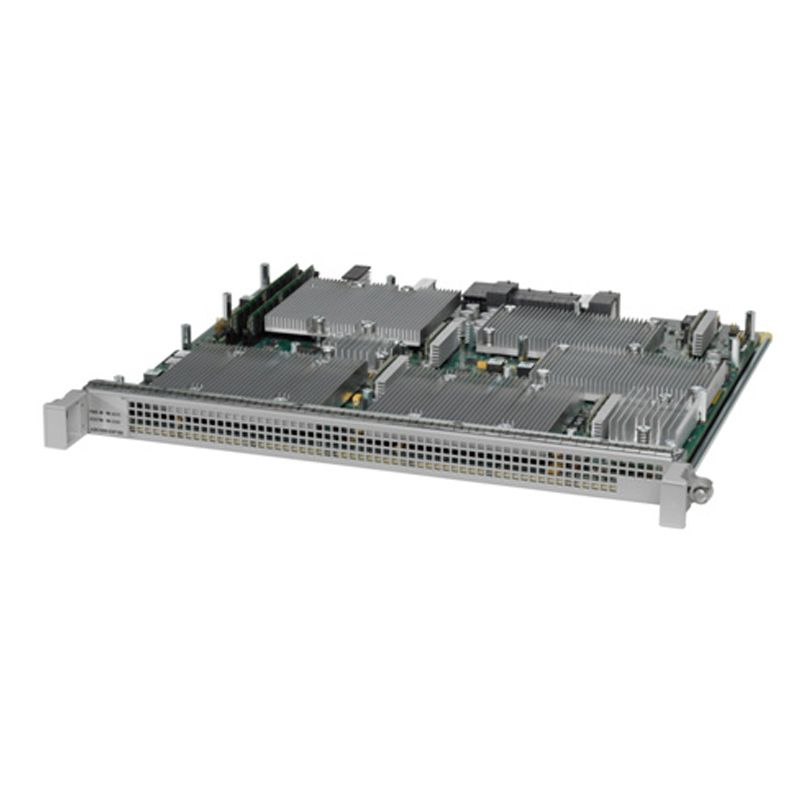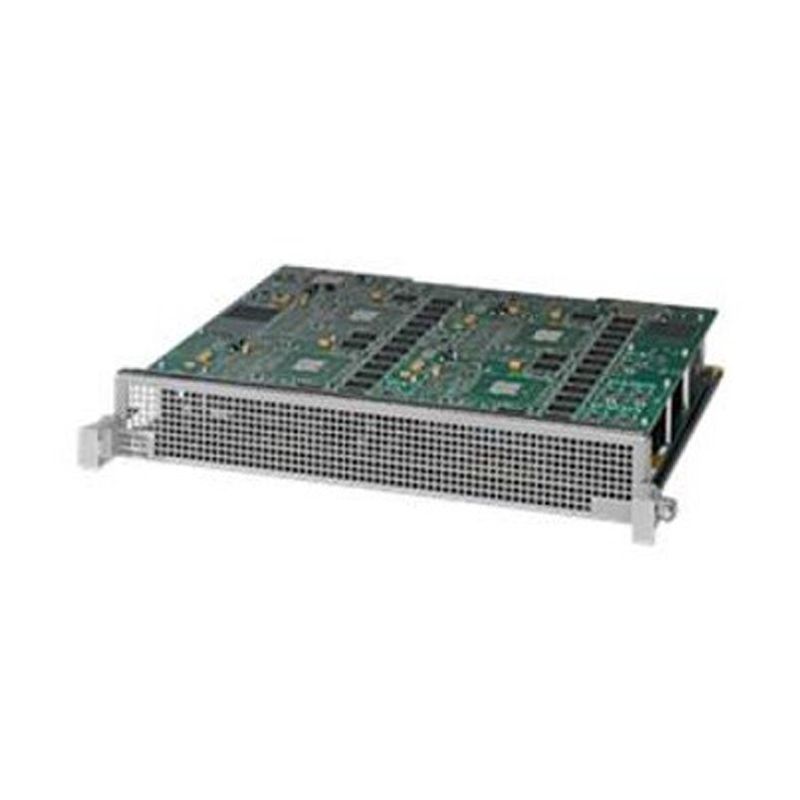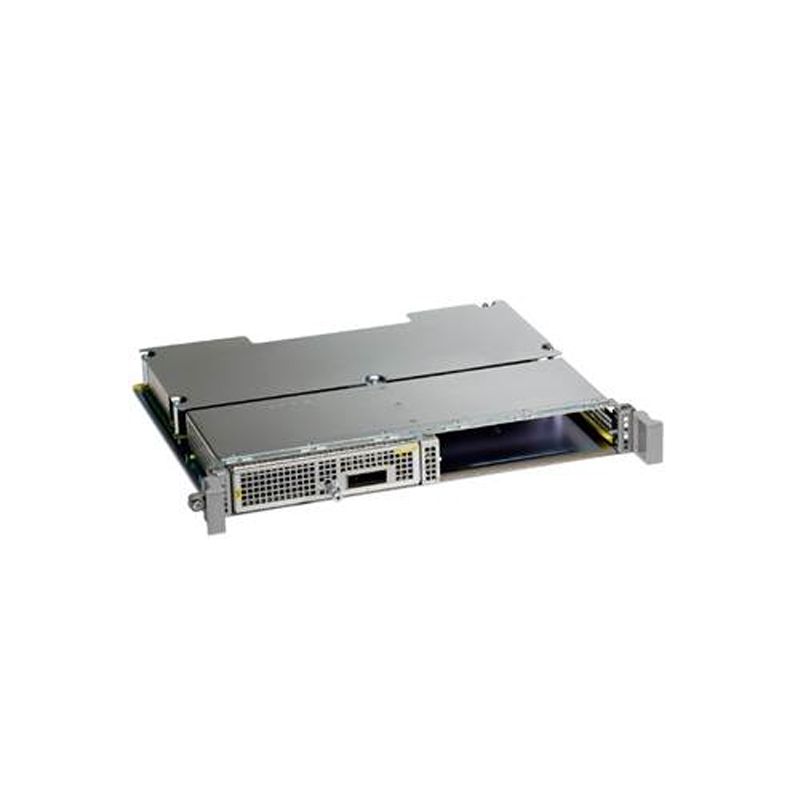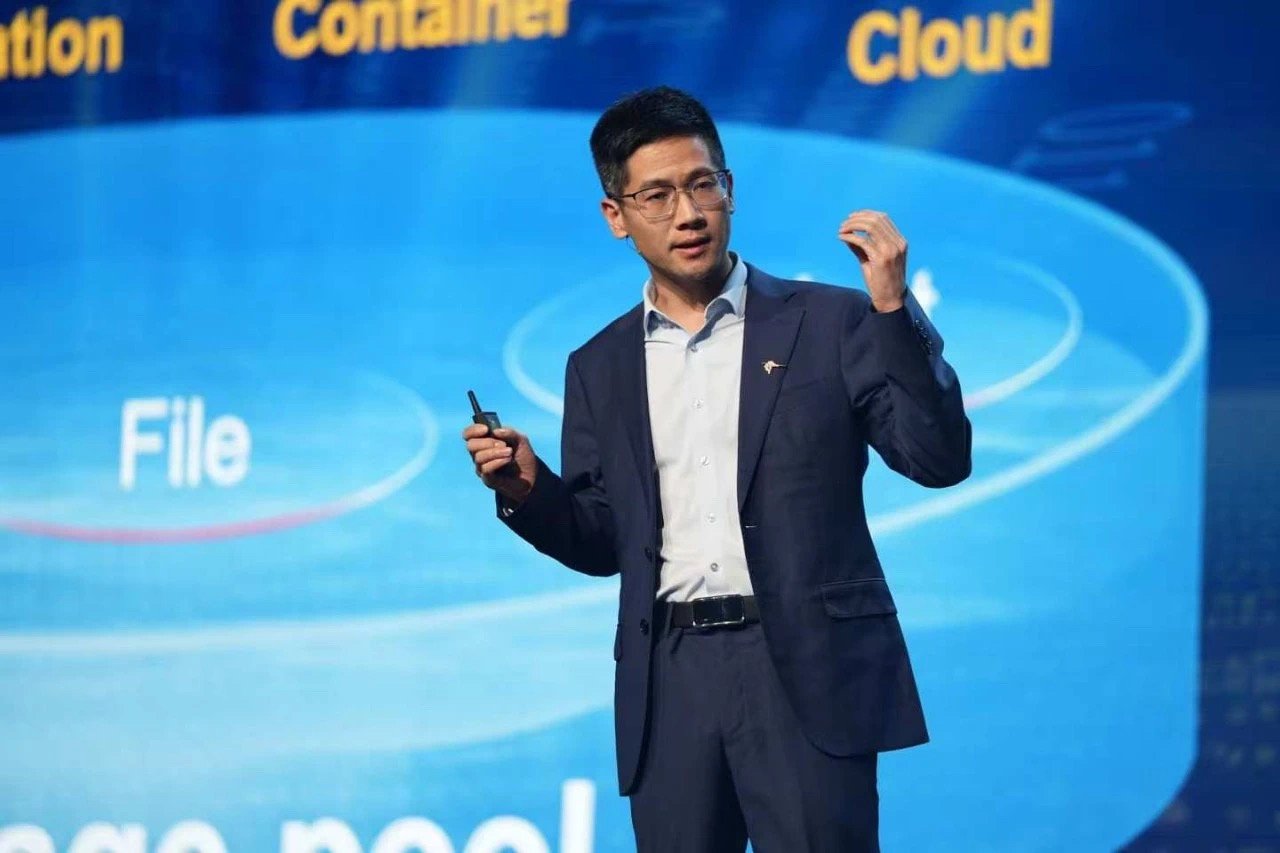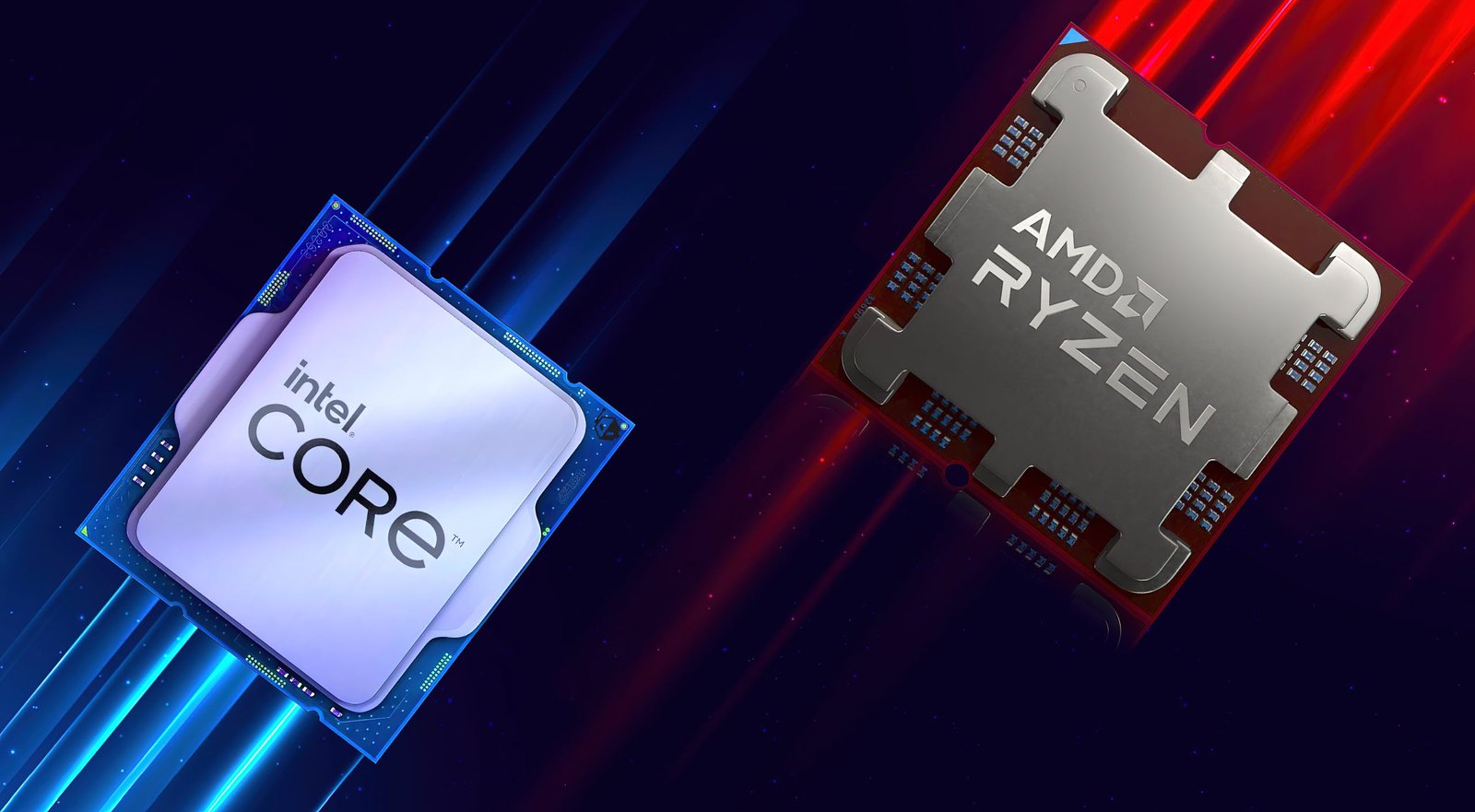As hyperscale data centers scale to meet the demands of AI, cloud computing, and data-intensive workloads, cooling infrastructure must also evolve. These facilities consume vast amounts of energy and water, making efficient cooling strategies essential for operational stability, sustainability, and regulatory compliance.
Cooling remains one of the most resource-intensive aspects of hyperscale data center operations. While air and evaporative cooling have long been the standard, increasing rack densities, energy concerns, and stricter environmental regulations are pushing operators to optimize their cooling approaches. This requires balancing performance, efficiency, and sustainability while achieving more heat removal from the same footprint.
Water Scarcity and Its Impact on Hyperscale Cooling
Water plays a critical role in hyperscale data center cooling, but availability varies depending on location. Many data centers are being built in water-stressed regions, where operators must find solutions that reduce their dependence on municipal water supplies.
Evaporative cooling towers may unnecessarily consume a lot of water if operation is not optimized. One approach to reducing water consumption is increasing cycles of concentration to allow water to be reused more efficiently. However, without proper chemical treatment, this approach can lead to scale formation, microbial growth, and corrosion, which can degrade system efficiency, increase maintenance costs, and result in downtime for cleaning and remediation of fouled equipment.
Related:AI Cooling Demands Push Data Centers into Deep Water
Some data centers also integrate reclaimed or non-potable water sources into their cooling strategies. While this reduces reliance on freshwater supplies, it introduces other challenges, as recycled water can contain higher levels of particulates, dissolved solids, and biological contaminants. Advanced filtration, chemical treatment, and continuous monitoring are necessary to maintain cooling system integrity.
Reusing water from quality sources can aid in water conservation, a key focus of corporate sustainability goals. Many hyperscale operators are committing to reducing water consumption as part of their environmental initiatives. These commitments require engineering advancements in cooling efficiency and operational discipline in water sourcing, reuse, and treatment.
Advanced Cooling Strategies for Hyperscale Operators
As sustainability initiatives become more aggressive, hyperscale operators are refining their cooling strategies to reduce energy and water consumption. Some facilities are transitioning to hybrid cooling systems, integrating liquid cooling for high-density workloads while maintaining traditional cooling for lower-density areas. This balance allows operators to optimize cooling efficiency without a full infrastructure overhaul.
Related:A Guide to Data Center Water Usage Effectiveness (WUE) and Best Practices
Regardless of the cooling strategy used, chemical treatment remains critical for ensuring long-term system reliability. Cooling tower and chiller efficiency depend on precisely tailored chemical treatment programs that mitigate the risks of scaling, corrosion, and microbial fouling.
Data-driven water treatment is becoming an industry standard, leveraging real-time sensors that track fluctuations in pH, conductivity, total dissolved solids (TDS), microbial activity, and critical active chemical treatment additives. Advanced analytic equipment can monitor and, more importantly, automatically control chemical treatment dosage rates in response to unforeseen system upsets. This approach enables facilities to optimize cooling tower chemistry in real time, ensuring consistent performance while reducing chemical overuse and water waste.
The Role of AI and Predictive Monitoring in Cooling Optimization
AI and predictive analytics are transforming cooling management in hyperscale data centers by enabling a proactive approach to water treatment, performance optimization, and predictive maintenance.
Related:Data Center World 2025: LG Tackles Data Center Cooling Demands
Machine learning algorithms can analyze historical and real-time cooling system performance data to predict issues such as pitting corrosion and heat exchanger fouling before they cause inefficiencies or equipment failures. By identifying risks early, operators can avoid costly downtime, extend the lifespan of cooling infrastructure, and improve sustainability metrics.
Additionally, AI-driven cooling management allows for automated chemical dosing adjustments. This ensures that inhibitors, biocides, and dispersants are used optimally to minimize chemical waste and discharge into the environment while maximizing cooling efficiency.
Closed-Loop Cooling Systems: An Emerging Trend
Some hyperscale data centers are adopting closed-loop cooling systems, eliminating evaporative water loss and providing greater control over cooling chemistry. These systems require corrosion inhibitors, specialized heat transfer fluids, and enhanced filtration to maintain efficiency and extend equipment lifespan.
Closed-loop cooling is particularly useful in arid regions, where evaporative cooling may not be viable due to water restrictions. While they require higher upfront investment, they provide long-term savings by reducing water and treatment chemical needs and minimizing regulatory compliance risks.
Operators are also refining hybrid cooling approaches, using liquid and air cooling in tandem to enable liquid cooling use in high-density areas while maintaining air cooling for standard workloads, thus improving overall cooling efficiency and system flexibility.
Future-Proofing Hyperscale Cooling for Efficiency and Sustainability
As hyperscale data centers expand, cooling infrastructure must evolve to meet increasing energy and environmental demands. Operators must balance sustainability, performance, and efficiency to ensure long-term success.
Adopting AI-driven cooling optimization, closed-loop cooling strategies, and precision water treatment solutions will ensure future-ready, efficient, and sustainable cooling operations.
By taking a proactive approach to cooling efficiency today, hyperscale data centers will be well-positioned to manage high-density AI and cloud computing workloads while meeting sustainability targets, optimizing operational costs, and maintaining regulatory compliance.











